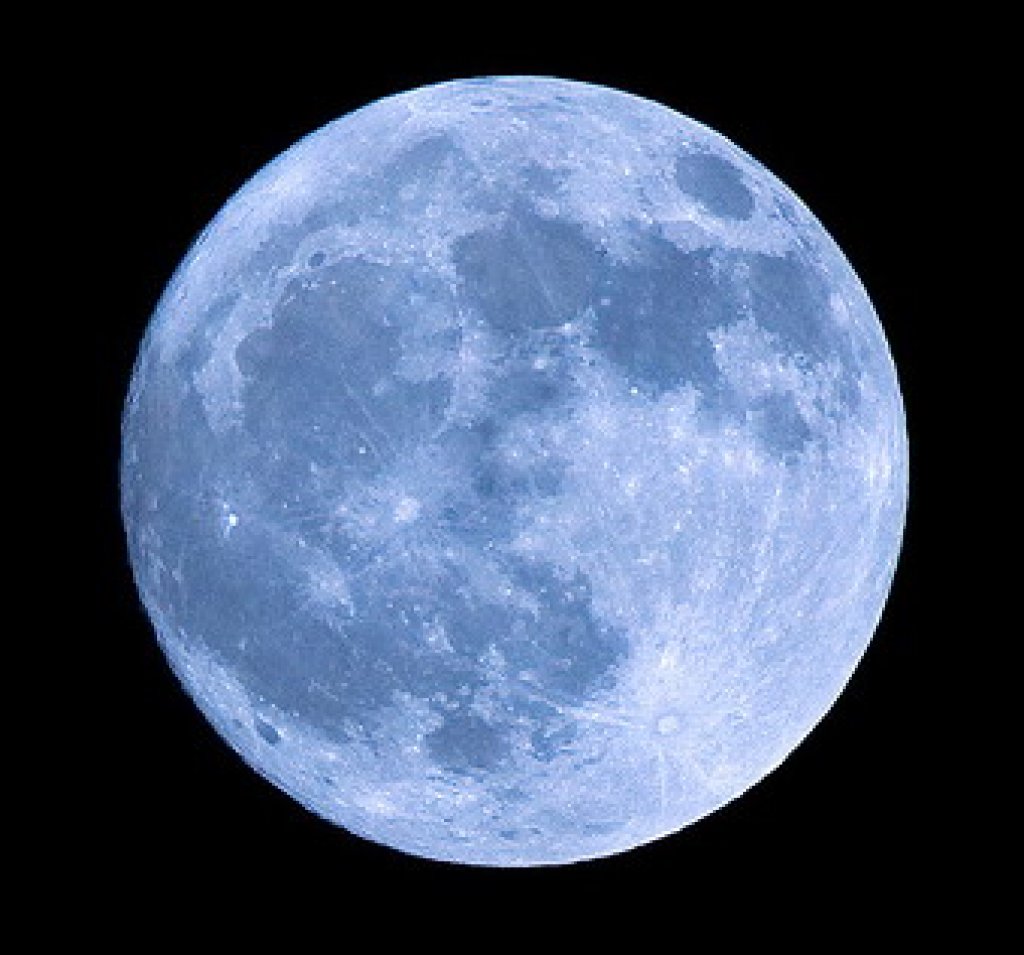Luna Azul is a term that captivates the imagination of many, conjuring images of a rare celestial event that occurs under the cloak of night. This phenomenon, often referred to as the "Blue Moon," is not only an astronomical occurrence but also steeped in cultural significance and folklore. In this article, we will explore the intricacies of Luna Azul, its scientific definition, cultural implications, and the myths that surround it. Join us on this enlightening journey through the celestial wonders of the Blue Moon.
As we navigate through the various aspects of Luna Azul, we will uncover how people have celebrated this phenomenon throughout history, the scientific explanations behind its occurrence, and share stunning imagery and statistics to provide a comprehensive understanding. With this article, we aim to educate and inspire, inviting readers to appreciate the beauty and wonder of our universe.
Table of Contents
- What is Luna Azul?
- The Science Behind the Blue Moon
- Cultural Significance of Luna Azul
- Myths and Folklore Surrounding the Blue Moon
- Rare Occurrences of Luna Azul
- Photography of Luna Azul
- Celebrating Luna Azul
- Conclusion
What is Luna Azul?
The term Luna Azul refers to a rare lunar event that captures the interest of astronomers and casual observers alike. But what exactly defines a Blue Moon? Traditionally, a Blue Moon can refer to:
- The second full moon in a calendar month.
- The third full moon in a season that contains four full moons.
This rarity is what makes the Luna Azul an event worth observing. The phenomenon is not related to the actual color of the moon, which remains predominantly gray or white. The term "blue" refers to its rarity and not its appearance.
Historical Context of Luna Azul
The concept of a Blue Moon has been around for centuries, with its first recorded mention in the 16th century. The term gained popularity in modern culture, particularly after a misinterpretation of the Maine Farmer's Almanac in the 1940s, leading to the contemporary definition that we recognize today.
The Science Behind the Blue Moon
The lunar cycle is approximately 29.5 days long, meaning that most months can only accommodate one full moon. However, when a full moon occurs at the beginning of the month, it is possible for a second full moon to appear by the end of the month, thus giving rise to the Blue Moon phenomenon.
There are also rare atmospheric conditions that can cause the moon to appear blue in color, such as volcanic eruptions or large forest fires that release particulates into the atmosphere. While this is not the same as the calendrical Blue Moon, it adds another layer of fascination to the term.
Cultural Significance of Luna Azul
Luna Azul holds a special place in various cultures around the world. It has often been associated with different beliefs, celebrations, and rituals. Some of the cultural significances include:
- Harvest Moon: In some cultures, the Blue Moon is linked to the harvest season, symbolizing abundance and prosperity.
- Romantic Associations: The rarity of the Blue Moon has led to its association with love and romance, making it a popular theme in poetry and literature.
- Spiritual Significance: Many groups view the Blue Moon as a time for reflection, spiritual growth, and setting intentions for the future.
Myths and Folklore Surrounding the Blue Moon
Throughout history, many myths and folklore have emerged around the concept of Luna Azul. Some of the most popular include:
- The Blue Moon as a Harbinger: In some cultures, the Blue Moon is considered a harbinger of change, signaling a time for new beginnings.
- Illusions of the Moon: Some believe that unusual behavior can be attributed to the Blue Moon, leading to the phrase "once in a blue moon" to describe rare occurrences.
Rare Occurrences of Luna Azul
The occurrence of a Blue Moon is a rare event. On average, a Blue Moon happens approximately once every two to three years. Some notable Blue Moons in recent history include:
- October 31, 2020
- August 22, 2021
- August 30, 2023
Photography of Luna Azul
Capturing the beauty of a Blue Moon is a delight for photographers around the globe. Here are some tips for photographing Luna Azul:
- Use a tripod to stabilize your camera.
- Choose a location with minimal light pollution.
- Experiment with different exposure settings to capture the moon's details.
Celebrating Luna Azul
Many people celebrate the occurrence of a Blue Moon in various ways, including:
- Hosting stargazing parties with friends and family.
- Engaging in spiritual rituals or personal reflections.
- Creating art inspired by the moon's beauty.
Conclusion
In conclusion, Luna Azul is a captivating phenomenon that not only enchants us with its rarity but also connects us to a rich tapestry of cultural beliefs and scientific understanding. Whether viewed as a sign of change or simply appreciated for its beauty, the Blue Moon invites us to pause and marvel at the wonders of the universe. We encourage you to share your thoughts about Luna Azul in the comments below, and don't hesitate to explore more articles on our site for further insights into the celestial world.
References
Exploring Wing Wah: A Culinary Journey Through Tradition And Taste
Aurora Borealis In Oregon: A Comprehensive Guide
Carroll County MD Sheriff's Office: Ensuring Safety And Security In Our Community


